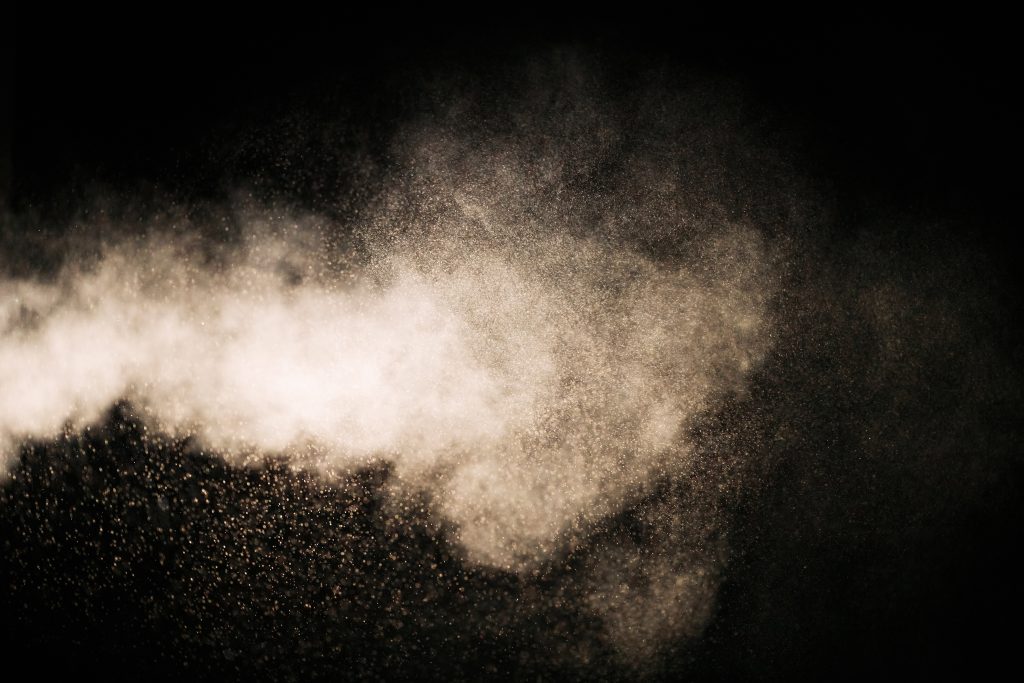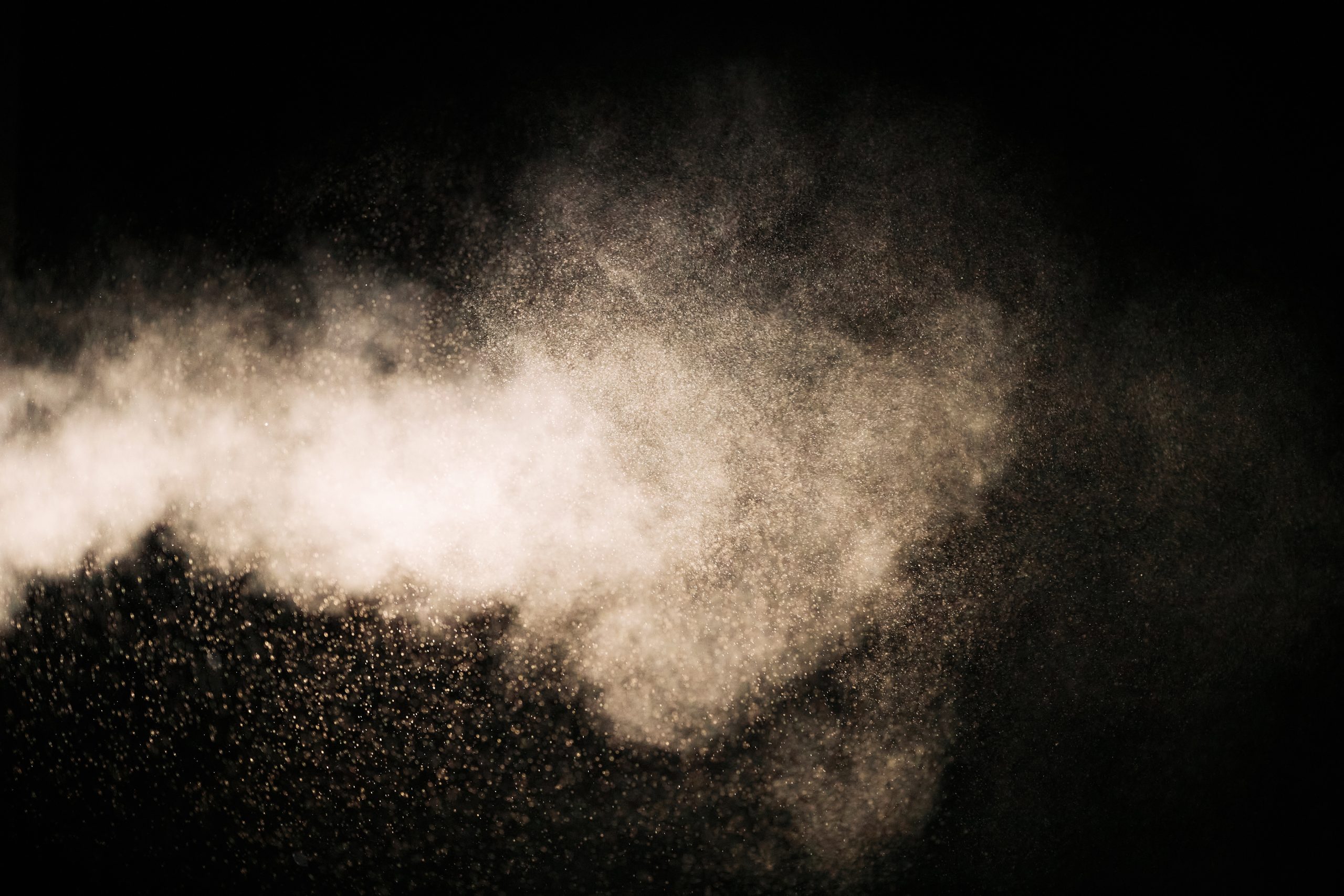Have you ever noticed a hazy sky in a big city or felt like the air was thicker than usual on a smoggy day? Chances are, you were encountering something called “particulate matter” or PM. In this blog post, we’ll break down what particulate matter is, where it can be found, and why it can be harmful to people, all in the most basic and simple way possible.
What is Particulate Matter?
Particulate matter, often abbreviated as PM, is a term used to describe tiny particles or droplets in the air. These particles are so small that you can’t see them with the naked eye. They’re like invisible dust or smoke.
Where Can You Find Particulate Matter?
Particulate matter is all around us, and it comes from various sources:
- Natural Sources: Some PM is generated naturally. For instance, dust from deserts and wildfires can become particulate matter when it’s carried by the wind.
- Man-Made Sources: Human activities are significant contributors to PM pollution. Factories, cars, trucks, and even construction sites release particles into the air. These particles can be a mix of things like dirt, chemicals, and even tiny bits of metals.
- Indoor Sources: Particulate matter isn’t just outdoors. It can also be found inside homes and buildings. Activities like cooking, smoking, and using certain cleaning products can produce indoor PM.

How Can Particulate Matter Harm People?
Now, let’s get to the important question: why should we care about these invisible particles?
- Respiratory Problems: When you breathe in air with high levels of particulate matter, these tiny particles can enter your lungs. This can irritate your respiratory system, leading to symptoms like coughing, wheezing, and difficulty breathing. For people with asthma or other respiratory conditions, exposure to PM can worsen their symptoms.
- Heart Issues: PM doesn’t just affect your lungs; it can also impact your heart. Studies have shown that long-term exposure to high levels of PM is associated with an increased risk of heart attacks, strokes, and other cardiovascular problems.
- Reduced Lung Growth in Children: Children are particularly vulnerable to the effects of PM exposure. Breathing in polluted air can harm their developing lungs, potentially leading to reduced lung function as they grow up.
- General Health Concerns: Some studies have even suggested links between PM exposure and other health issues like diabetes and low birth weight in newborns.
In simple terms, particulate matter is like invisible dust and tiny particles floating in the air. It can come from natural sources like dust storms or wildfires, as well as human activities such as driving cars and industrial processes. Breathing in this invisible pollution can cause respiratory problems, heart issues, and even harm children’s lung development. So, it’s essential to be aware of PM levels in your environment and take steps to reduce your exposure, like staying indoors on smoggy days or using air purifiers in your home. By understanding what particulate matter is and how it can affect our health, we can take steps to protect ourselves and our loved ones from its harmful effects.

